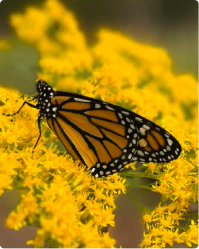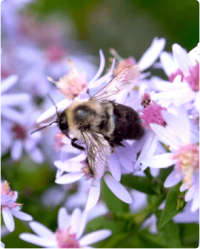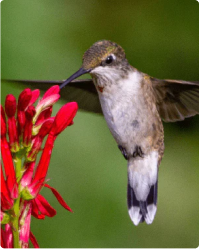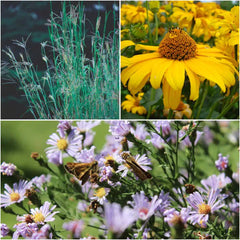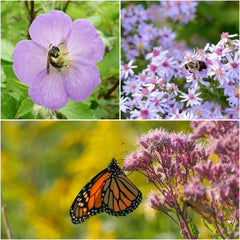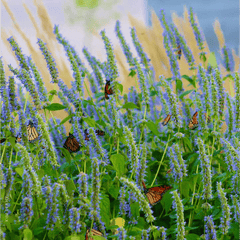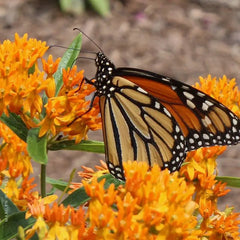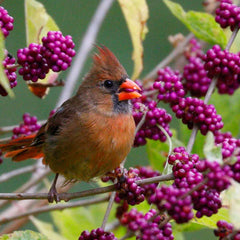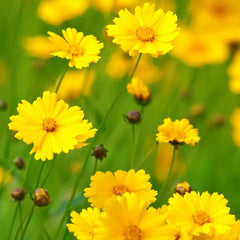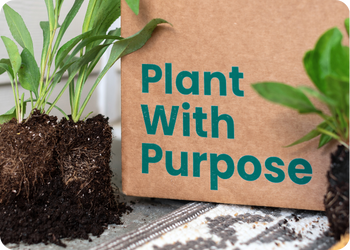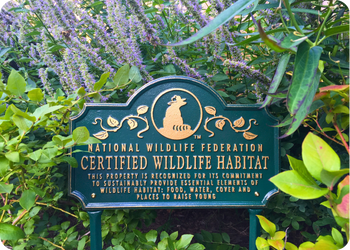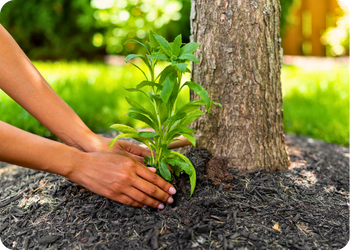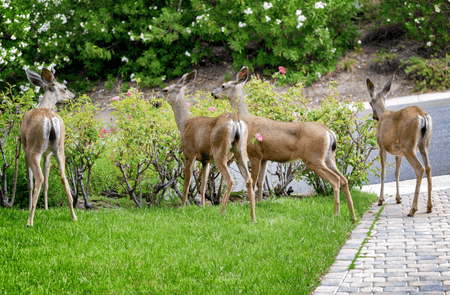Ultimate Georgia Gardening Guide

The Ultimate Georgia Gardening Guide
A state rich with history, where different peoples, cultures, and civilizations have flourished for millennia, Georgia has an incredible topography and climate perfect for gardening. Due to its year-round warm weather, gardeners can benefit from planting and growing new native plants in Georgia, even in the sizzling summer or the mild and enjoyable winter.
As with all gardens across the world, what makes nursing your backyard a truly beautiful and enriching experience in Georgia is its native plants. Naturally acclimated to the region’s topography, climate, and individual challenges, these native plants, such as snowy milkweeds and frogfruit, are a crucial part of the local environment and make for a beautiful garden.
Understanding a region’s native vegetation, wildflowers, and non-native invasive species can be a challenging task if you begin gardening blindly. However, with some basic education and tips, you’ll be ready to plant so you can enjoy the fruits of your labor with a beautiful garden that provides ample benefits to the local ecosystem and your personal space.
Is Georgia good for gardening?
Gardening is a unique activity because it requires a deep understanding of locale-specific information, from general climate to soil composition. What makes gardening in Georgia so challenging yet bountifully rewarding is that, despite climate-related unpredictable weather events, the state has an average temperature that can sustain beautiful flora year-round.
Most of the state’s ecosystems consist of forests, wetlands, semi-deserts, and coastal regions. This diversity means that where you live in the state can greatly impact what type of flora you’ll be growing in your pollinator garden in Georgia. Gardening is challenging for anyone to perfect and master, but Georgia can be a little more forgiving compared to other more uncertain climate states.
Little to no snowfall
What’s good about Georgia is that, since the state lies on the Southern coast of the U.S., there’s not a lot of snow. This is great as you don’t have to consider the first and last frost of the season, and there won’t be any long and tumultuous winters where you won’t be able to plant anything.
High humidity
Georgia is a high-humidity state, seeing as most of the state is a sub-tropical climate. This humidity might spell certain challenges for your beloved flora and non-native plants, as too much moisture can lead to bacterial growth and, eventually, mold and rot. Humid conditions can also invite different types of pests that can feast on your garden. Since Georgia native plants have evolved in the humid climate of the state, they’re a lot more able to thrive.
More frequent droughts
With hotter Southern states, something expert gardeners need to consider is how drought-resistant their area is. Typically, humid areas rarely experience droughts; however, that largely depends on what county you’re in. Of course, if you have a plant that’s evolved in an area where droughts are common, then those plants will be better able to tackle droughts when they do occur.
Best Georgia native plants to grow
Finding native Georgia plants to grow can be a hassle, as you might need to conduct in-depth research to find what plants thrive in your local area. After that, you’ll need to search for suppliers that sell those plants, too. Our ZIP code native plant finder makes it easy for you to find exactly what native plants will work for you, and then you can purchase it straight on the website.
Here are our recommendations for the best Georgia native plants to grow in your backyard or pollinator garden.
Azalea shrubs
If you’re not living in a semi-desert region and in a region with rich, moist, yet well-drained soil, then you might consider planting some azalea shrubs in your garden. These shrubs produce beautiful white and pink flowers that attract valuable pollinators like carpenter bees, various wasps, and hummingbirds.
The best time to plant azalea shrubs is in spring and autumn, but they flourish for potentially decades. Once you get these plants established in their own thriving ecosystem, they’ll be a permanent and beautiful mainstay in your garden, teeming with life and small but helpful critters.
Milkweed
As the only host plant for the iconic monarch butterfly, milkweed grows absolutely everywhere along the East Coast and the Southern States. And, despite what the name suggests, it’s not a weed at all. It’s a flowering plant that pollinators absolutely love, which is why it’s such a crucial part of the North American flora. There are multiple milkweeds to choose from on the Garden for Wildlife website, such as the orange butterfly milkweed, snowy milkweed, and swamp milkweed.
If you have well-drained soil, then you’ll find that growing milkweed is a breeze. This versatile plant even does well in dry and poor-quality soil, making it a perfect beginner plant to grow for pollinator gardens in Georgia. Also, drought-resistant, you’ll probably have a hard time encouraging these plants not to grow.
Scarlet sage
Scarlet sage is one of Georgia’s native plants that attracts hummingbirds like no other. It’s a vibrant red, making it stand out in your garden. Garden for Wildlife’s Hummingbird Highrise Plant Collection also gives you the excellent cardinal flower and pink beardtongue to really get your garden going.
Scarlet sage blooms from February to October and can also grow well in sandy soil, perfect for those in semi-desert regions. Just because you live in a drier area doesn’t mean you can’t enjoy beautiful flora!
Understanding Georgia’s gardening zones
Gardening zones, also formally referred to as USDA Hardiness Zones, is a system by the United States Department of Agriculture that divides the U.S. into 13 different zones based on their average annual minimum temperature. Zone 1 would be the coldest, and 13 the hottest. The system gives gardeners a good idea about first and last frost dates, soil composition, temperature information, and more.
According to PlantMaps, Georgia is in zones 6-9. What does that mean exactly? If you plant flora that aren’t native to the state, then they might have a tough time surviving or flourishing properly. If you plant a Zone 10 plant in a Zone 6 county in Georgia, you might find that it doesn’t flower properly or that it’s taking up too many resources.
Benefits of gardening in Georgia
Each state has its unique pros and cons when gardening, but Georgia is relatively easier for beginners to start. Seeing as it has a 6 to 9 gardening zone, the state is neutral on the scale, and gardeners might not have to deal with extreme climate-related challenges.
Here are some benefits of starting a garden in Georgia.
Pollinator garden
All native plants attract pollinators en masse. What’s great about planting in Georgia is that you can plant a biodiversity boosting pollinator garden. There’s nothing better than seeing the fruits of your labor and attracting a whole ecosystem to your backyard. You can feel proud knowing that, instead of a stale lawn, you’re a net positive in your local ecosystem, contributing to the betterment of the whole environment.
Abundant sunshine
Georgia doesn’t have harsh winters, and the state enjoys abundant sunshine year-long. This means that plants flourish and flora thrive even in the middle of December (depending on what county you live in). Luckily, the native plants in Georgia are already used to plenty of sunshine and the state’s climate and topography.
Read: Guide to Native Plants & Sunlight
Long growing season
Since Georgia is a sub-tropical climate, the winter isn’t harsh. This means that plants can grow even in the winter months, although they might require some extra care. Winters in Georgia can get a bit drier, so you might need to water your garden more frequently to make the most out of the long growing season.
Making your Georgia pollinator garden sustainable
Sustainability and ensuring that your garden becomes a net positive for the environment rather than a net negative is a big talking point among gardeners. If you’re interested in creating a pollinator garden in Georgia, then you might want to read up on these tips to keep your backyard sustainable:
- Go anti-lawn: Lawns, once a symbol of the American Dream, are outdated and horrible for the environment. Grow more native plants and stop trimming your garden to foster a thriving and diverse ecosystem. We support the anti-lawn movement in Georgia!
- Consider what chemicals you use: Pesticides and herbicides can have far-reaching consequences if not applied correctly. Many chemicals leach into the soil and enter local waterways, poisoning everything in the area.
Start your Georgia native plant gardening journey
Starting a native plant pollinator garden might be the best decision you ever make! It’s a rewarding hobby where you can see the results of your hard work in front of your eyes.
Ready to take the leap and begin your gardening journey with Georgia native plants? Explore our curated choices of the best specific native plants for Georgia and transform your garden into a bustling ecosystem that embodies the heart of Georgia’s wilderness.
Garden for Wildlife — Georgia Native Plants
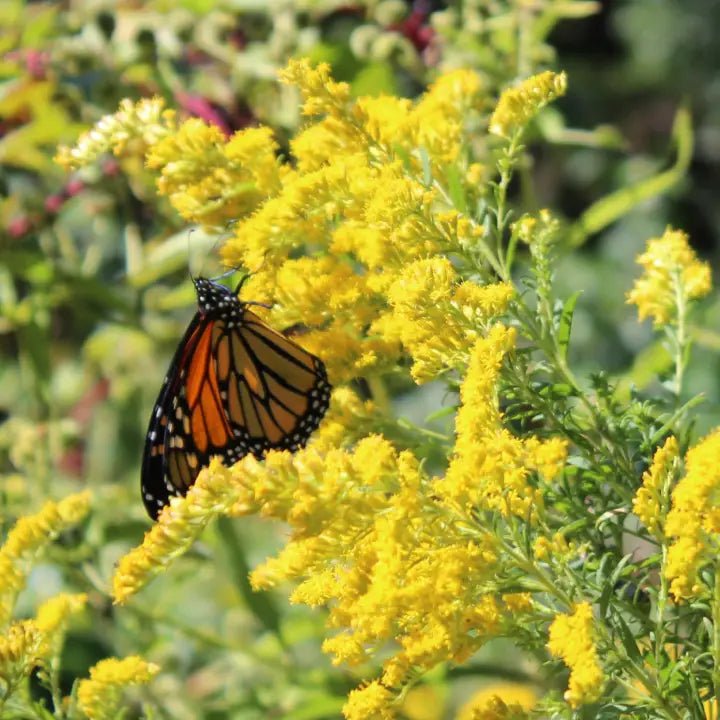
Find Native Plants by Zip Code
We took the guesswork out of planting native. Check your zip to see what ships!
